 INFORMATION
INFORMATION

Light has three main properties: transmission, absorption, and reflection. Transmission refers to the phenomenon where light passes through an object. Absorption occurs when light reaches the surface of an object and gets trapped within it, unable to escape.
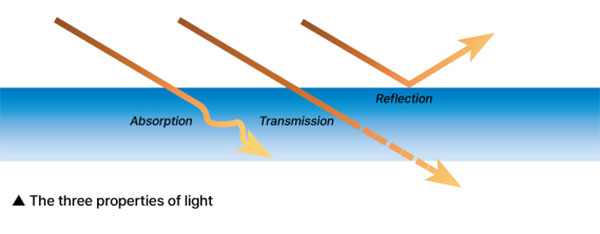
Reflection occurs when light strikes an object and, instead of being transmitted or absorbed,
it bounces off in another direction. Depending on the material of the surface, reflection can be
classified into three types: specular reflection, diffuse reflection, and retroreflection.
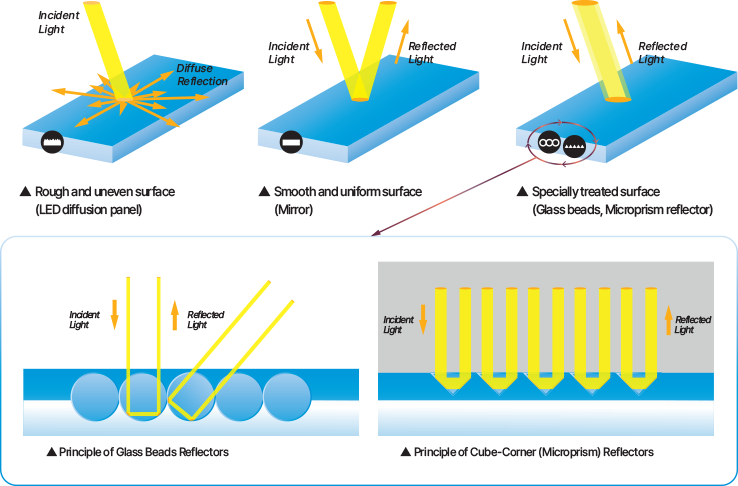
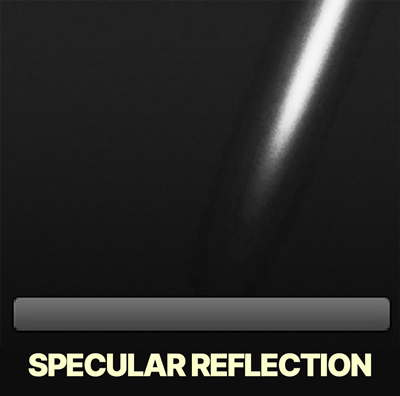
This type of reflection occurs when light strikes a smooth surface, such as glass. The light reflects at an angle equal to but opposite from the angle of incidence. For example, if light hits the surface at a 30-degree angle, it will be reflected at a 150-degree angle. If the light source is perpendicular to the surface, the reflected light will return directly to the source.
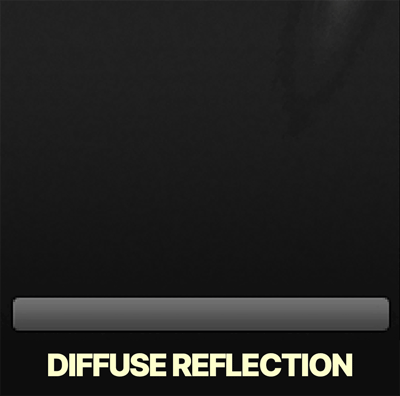
This type of reflection occurs when light strikes a rough or uneven surface, causing the reflected light to scatter in multiple directions. As a result, only a small portion of the reflected light returns to the original light source. Materials with matte or non-glossy finishes are designed based on this principle. One advantage of diffuse reflection is that it provides consistent light distribution from all angles, reducing glare. However, its visibility is relatively low compared to other reflection types. In dark environments at night, the visibility of objects with diffuse reflection decreases even further because there is less available light to reflect.
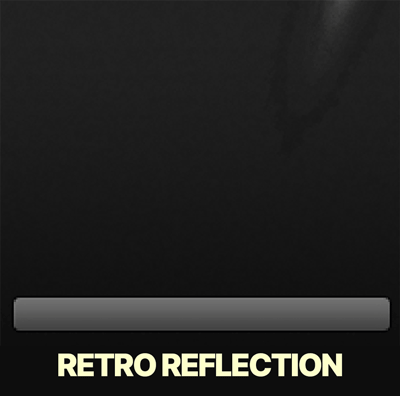
Among the principles of light reflection, retroreflection is the most unique. In this type of reflection, light bounces off a surface and returns directly to its original source, regardless of the angle at which it was initially shone. This characteristic ensures that the reflected light always travels back to the light source.
There are two main types of retroreflection:Glass bead-based retroreflectionMicroprism (cube-corner) retroreflection
Among these, retroreflection is the most unique type of reflection.
Typically, people think of light reflection in two common ways:
Specular reflection, where light bounces off a surface in a straight line, like a mirror.
Diffuse reflection, where light scatters in various directions depending on the texture of the surface.

Retroreflection refers to a type of reflection where light emitted from a source is reflected off a surface and
returns directly to its original point of origin. Regardless of the angle at which the light is shone, it is always redirected back
toward the light source. This unique reflection principle ensures that all reflected light travels back to its original position.
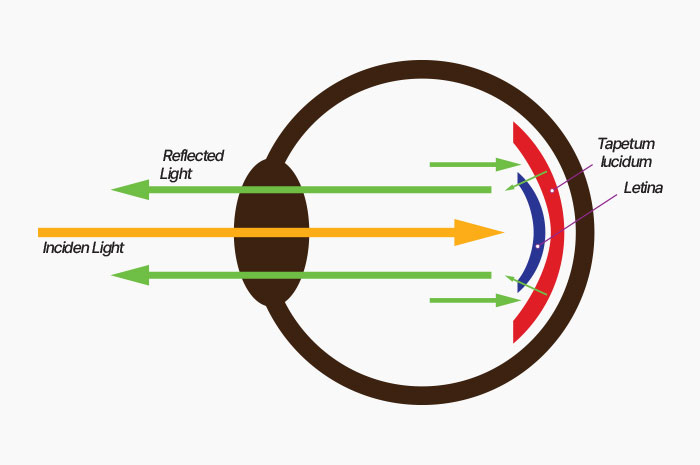
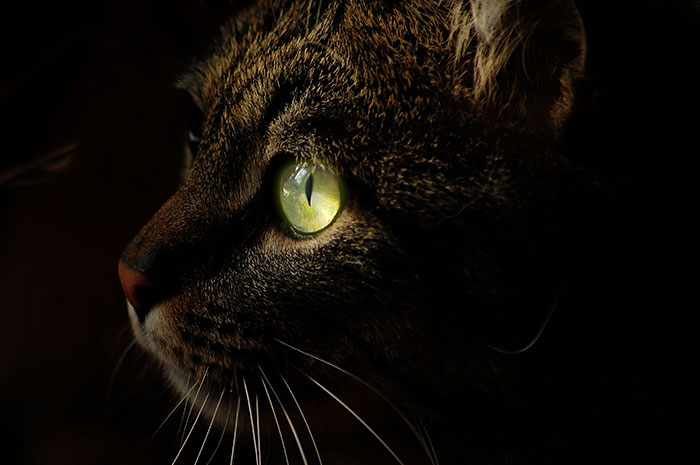
Retroreflective materials operate on the same principle as the glowing eyes of cats and certain other animals at night.
Behind a cat’s retina, there is a reflective layer called the tapetum lucidum. This layer acts like a mirror,
reflecting light that passes through the retina back toward it.
This process enhances the cat’s visual sensitivity, allowing it to perceive objects even in low-light conditions.
As a result, when light shines into a cat’s eyes at night, the reflected light makes the eyes appear to glow.
This phenomenon is fundamentally based on the principle of retroreflection.